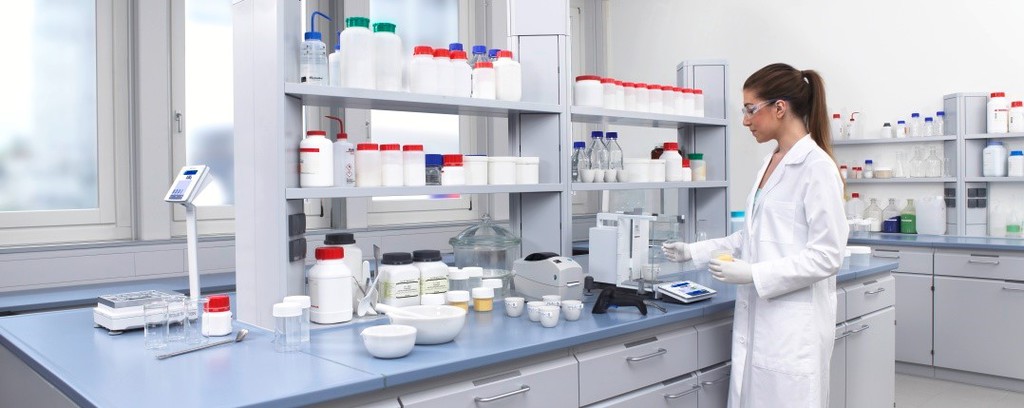

|
Edward Lowton
Editor |


|
| Home> | Plant, Process & Control | >Weighing equipment | >Weighing guide |
Weighing guide
17 January 2018
To help manufacturers improve efficiency without losing quality, Mettler Toledo has put together a new practical weighing guide called 'Efficient Workflows in the Chemical Industry'. The guide addresses how the adoption of lean processes combined with smart automation can accelerate many common laboratory procedures.

Weighing is the first step in virtually any analysis. Therefore, optimising the process – for example, weighing directly into tare containers – has a positive impact for subsequent steps. Likewise, errors or unmet standards that remain at this stage can multiply down the line, causing rework, costly lost batches, or consumer liability.
The guide explores six common lab workflows in the chemical-industry: Formulation; moisture content, loss on drying (LoD), loss on ignition (LoI); particle size analysis and distribution; density determination of solids and porous or viscous materials; sample preparation for titration; and preparation of reference substances for HPLC or GC analysis.
Optimum productivity can be achieved by carefully analysing these procedures to identify and eliminate inefficiencies as much as possible.
The hints and tips for faster, more accurate handling included in the guide are often complemented by automation. One example is smart laboratory software that incorporates step-by-step guidance for users to eliminate manual errors. Results are then saved automatically to further streamline the weighing process. This saves time and resources while maintaining the highest possible quality in the end product.

















